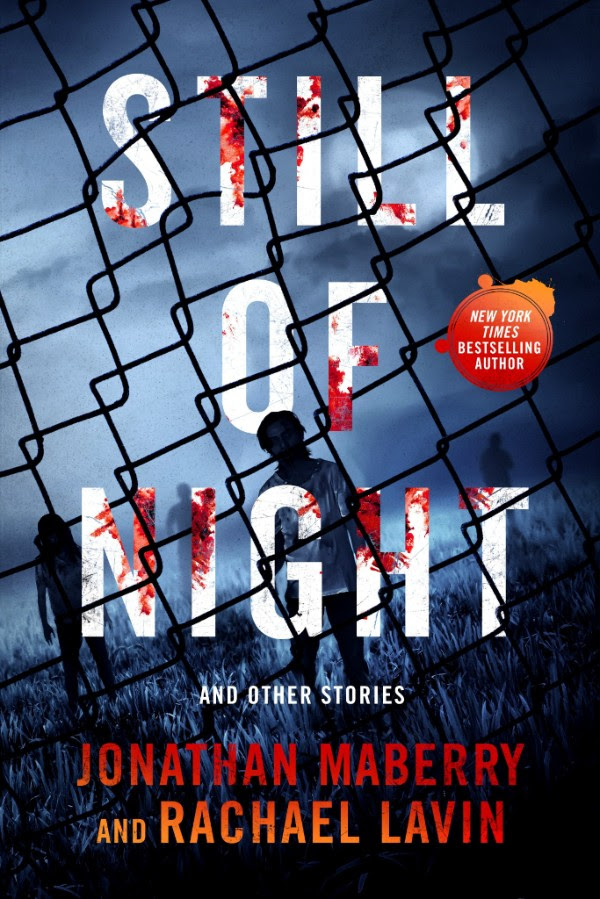Since when did reading scripts become a fascinating, engrossing travel to other worlds? Since Gauntlet decided to publish Rod Serling’s Twilight Zone scripts back in 2004 in a beautiful and comprehensive ten volume set, AS TIMELESS AS INFINITY: THE COMPLETE TWILIGHT ZONE SCRIPTS OF ROD SERLING, which were printed from the author’s personal copies. However, that signed, limited edition was just that – limited. For the majority of fans who missed out or discovered the scripts later, Gauntlet Press has decided to issue the THE BEST OF ROD SERLING’S TWILIGHT ZONE, ten of the writer’s best scripts.
Why buy this? The reasons are many and begin with the scripts themselves. Serling’s scripts read like short stories, not cold blueprints for a television show. The tension and emotion that filled every episode is evident on the page as Serling’s passion for the tales and inspiration behind each cannot be hidden. One cannot read these without imagining the opening theme music and stories flowing by in black and white, even if the story itself isn’t familiar. It will be by the tale’s end.
The stories chosen here should be in this collection despite some stalwarts who might clamor for a few other well known episodes. Of course, the heavy hitters, “To Serve Man,” “The Obsolete Man,” and “The Eye Of The Beholder” are all here and should be but a pair of subtle stories prove the impact of Serling’s words as they read as fluently as prose. “A Stop At Willoughby” and “Walking Distance” draw out such powerful emotions from the dialogue and implied movement without the suspense of the writer’s more suspenseful tales. Watch the episodes after reading the scripts and note how little is missed in the transference from page to screen.
The candid photos show an often lighter side to the “Zone” or pensive moments between shoots and the cover art by Harry O. Morris is perfect as always. Yet what makes this book a true treasure is the analysis commentaries on each story by Albarella. The insight into the cultural impact at the time (and how it still related to current events) and the motivations for the tales reveals why this series resonated with the everyday viewer past and present. The iinterviews with actors, writers, producers, and directors within these commentaries dig deep and display how invested everyone involved with the series was and how affected they were by the meaning behind each episode.
Recommended and should be in libraries everywhere.
- THE BEST OF ROD SERLING’S TWILIGHT ZONE - April 11, 2015
- BLIND RAGE - April 11, 2015
- Black Static #44-45 - April 11, 2015
- The Halloween Children - February 12, 2015
- Darkness Ad Infinitum - November 24, 2014
- Fear City - October 5, 2014
- The Boneyard - July 24, 2014
- Double Feature: A Novel - July 24, 2014
- Never Alone - July 24, 2014
- Blind Vengence - July 24, 2014







